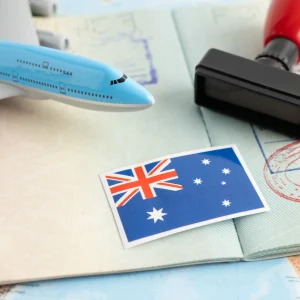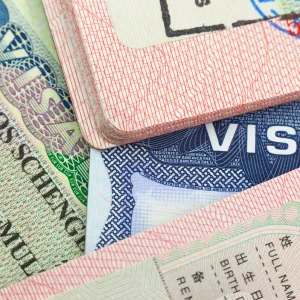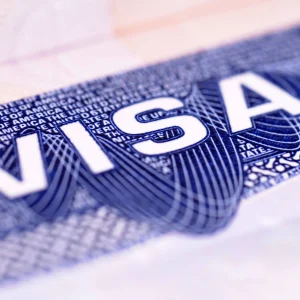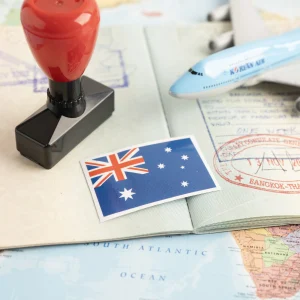Can You Bring Your Family to Australia with the 491 Visa for Regional Work?
If you’re considering migrating to Australia and want to bring your family along, the 491 visa for regional work might be the right option. The 491 Skilled Work Regional (Provisional) visa is a pathway that allows skilled workers to live and work in Australia’s regional areas. It also provides a route for family members to accompany you, making it an ideal choice for families planning to relocate together.










